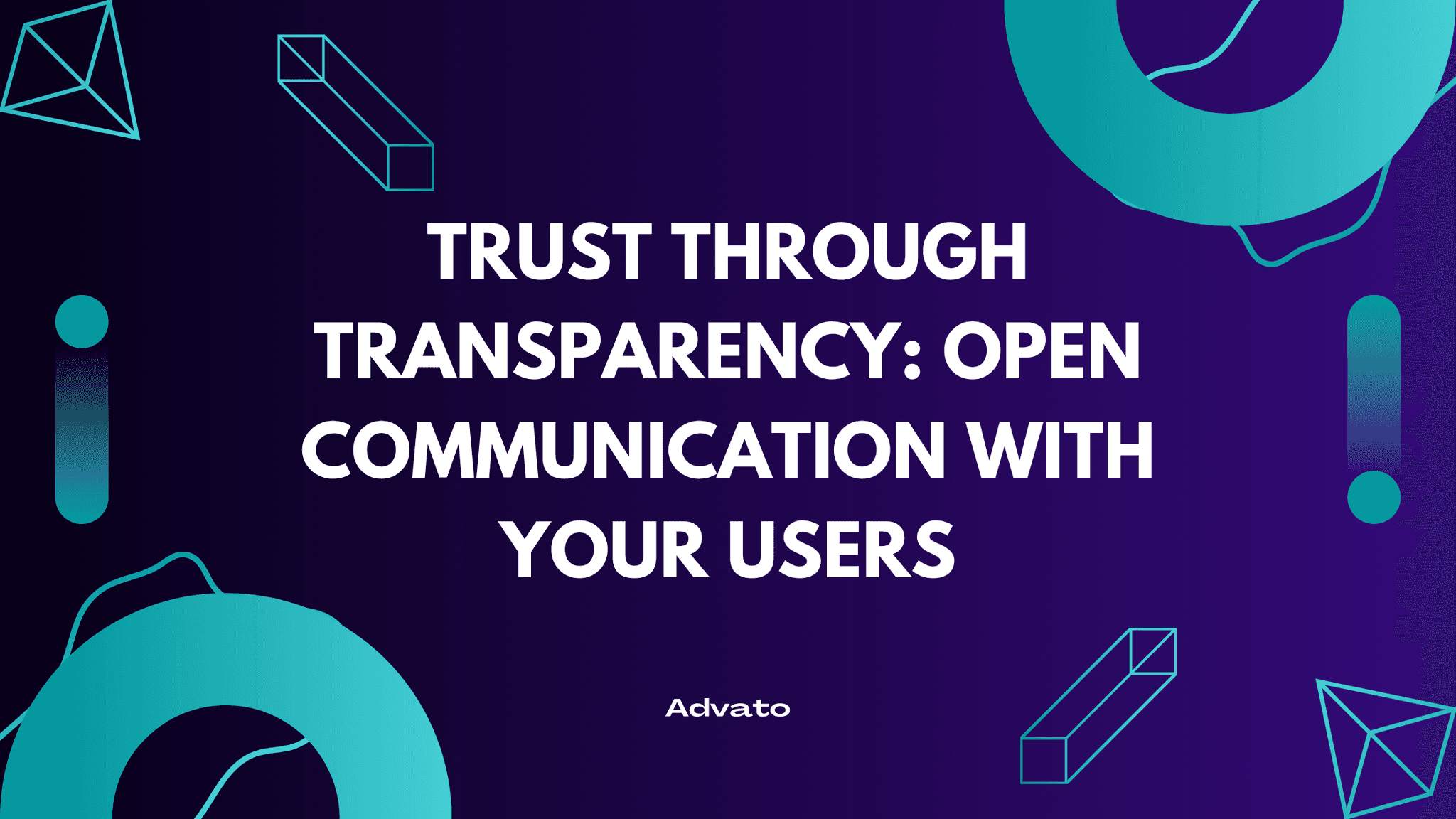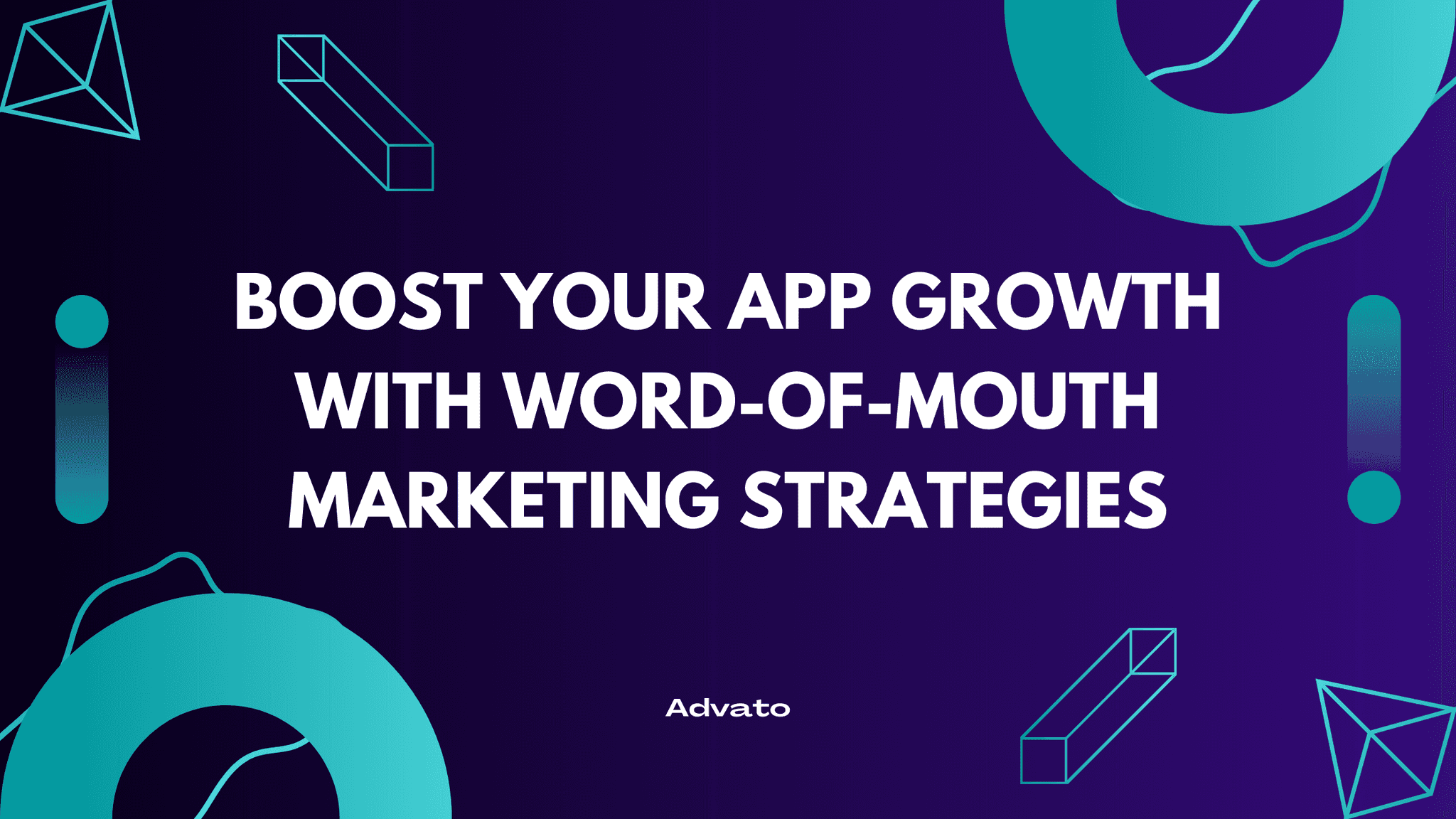Sep 11, 2024
In the competitive world of mobile apps, acquiring new users is essential for growth. However, the costs associated with user acquisition can quickly spiral out of control, eating into your profits. In this comprehensive guide, we'll explore effective strategies to lower your customer acquisition costs (CAC) while still driving growth for your mobile app.
Understanding User Acquisition Costs
Before diving into strategies to lower your CAC, it's crucial to understand what it is and how it's calculated.
What is Customer Acquisition Cost?
Customer Acquisition Cost (CAC) is the total cost associated with acquiring a new user for your mobile app. This includes all marketing and advertising expenses divided by the number of new users gained through those efforts. It’s also known as UAC (User Acquisition Cost).
Calculating CAC
The basic formula for CAC is:
CAC = Total Cost of Marketing and Advertising / Number of New Users Acquired
For example, if you spent $1000 on marketing in a month and acquired 200 new users, your CAC would be $5 per user.
Why Lowering CAC Matters
Lowering your CAC is important for several reasons:
Improved profitability: Lower acquisition costs mean higher profit margins.
Sustainable growth: With lower CAC, you can acquire more users within your budget.
Competitive advantage: Lower costs allow you to price your app more competitively or invest more in development.
Now that we understand the importance of CAC, let's explore strategies to lower it.
Optimizing App Store Presence
Your app's presence in the app store is often the first point of contact with potential users. Optimizing this can significantly lower your CAC by increasing organic downloads.
App Store Optimization (ASO)
ASO is the process of optimizing your mobile app to rank higher in an app store's search results. Here are key elements to focus on:
Title and Keywords: Include relevant keywords in your app title and keyword field.
Description: Write a clear, compelling description that includes important keywords.
Visual Assets: Create eye-catching icons, screenshots, and preview videos.
Ratings and Reviews: Encourage satisfied users to leave positive reviews.
Localization
If possible, localize your app store listing for different markets. This includes translating your app description, keywords, and even screenshots to cater to local audiences.
A/B Testing
Use A/B testing tools provided by app stores to optimize your listing. Test different icons, screenshots, and app descriptions to see which performs best.
Leveraging Content Marketing
Content marketing can be a powerful tool for lowering CAC by attracting users organically.
Blog Posts
Create valuable, relevant content that your target users are searching for. This could be how-to guides, industry insights, or problem-solving articles related to your app's niche.
Video Content
Create engaging video content for platforms like TikTok, YouTube or Instagram. This could be fun videos showing off your app, app tutorials, behind-the-scenes looks at your development process, or generally entertaining content related to your app's purpose (e.g. for a productivity app, create videos revolving around people trying to be more productive).
Visual assets with in-app achievements
Design shareable visuals that users could share and that showcases their progress in your app. What to show on the visuals will depend on your app, but think long streaks or levels they’ve achieved, or time saved using your app. These can be great for word-of-mouth and attracting social shares.
Harnessing the Power of Social Media
Social media can be a cost-effective way to reach potential users and build a community around your app.
Organic Social Media Strategies
Consistent posting: Maintain a regular posting schedule to keep your audience engaged. Focus on videos on platforms like TikTok, IG reels, and YouTube.
User-generated content: Encourage and share content created by your users.
Social listening: Monitor conversations about your app or industry to engage with potential users.
Paid Social Media Strategies
Ads: Use the detailed targeting options provided by social platforms to reach your ideal users.
Retargeting: Show ads to users who have previously interacted with your app or website.
Lookalike audiences: Create audiences similar to your existing users for more efficient targeting.
Implementing Referral Programs
Referral programs can significantly lower your CAC by turning your existing users into advocates for your app.
Key Elements of Successful Referral Programs
Two-sided incentives: Offer rewards to both the referrer and the new user.
Easy sharing: Make it simple for users to share your app with their friends.
Clear tracking: Ensure users can easily see the status of their referrals and rewards.
Tiered rewards: Offer increasing rewards for more referrals to encourage ongoing participation.
Referral Program Best Practices
Timing: Introduce the referral program after users have experienced value from your app.
Personalization: Tailor referral messages to individual users when possible.
Testing: Continuously test different reward structures and messaging to optimize your program.
If you want to implement a referral program in your app, you should check out Advato. Advato’s solution will help you grow your app through user referrals, follow all the best practices, as well as avoid all the challenges related to having a referral program. Check it out here.
Utilizing Email Marketing
Email marketing can be a cost-effective way to re-engage existing users and attract new ones.
Email Marketing Strategies
Welcome series: Create a series of emails to onboard new subscribers and introduce them to your app. These should be short email walking them through your app’s main features.
Segmentation: Divide your email list into segments based on user behavior or preferences for more precise messaging.
Personalization: Use user data to personalize email content and increase engagement.
A/B testing: Test different subject lines, content, and send times to optimize your email performance.
Exploring Influencer Partnerships
Influencer marketing can help you reach new audiences and build trust with potential users.
Identifying the Right Influencers
Relevance: Look for influencers whose audience aligns with your target users.
Engagement: Focus on engagement rates rather than just follower count.
Authenticity: Choose influencers whose values align with your brand.
Influencer Partnership Strategies
Sponsored content: Have influencers create content showcasing your app.
App reviews: Ask influencers to review your app and share their honest opinions.
Affiliate programs: Set up an affiliate program where influencers earn a commission for new users they bring in.
Collaborative features: Work with influencers to create special in-app features or content.
Optimizing Paid Advertising Campaigns
While the goal is to lower CAC, paid advertising can still be an effective tool when used strategically.
Paid Search Advertising
Keyword research: Identify high-intent, low-competition keywords related to your app.
Ad copy optimization: Create compelling ad copy that highlights your app's unique value proposition.
Landing Page Optimization: Ensure your landing pages are optimized for conversions.
Display Advertising
Audience targeting: Use demographic, interest, and behavioral targeting to reach your ideal users.
Creative testing: Continuously test different ad creatives to improve performance. This is the biggest lever you can pull.
Frequency capping: Limit the number of times a user sees your ad to prevent ad fatigue. We recommend capping it at 7-10 times a week.
App Install Campaigns
App store ads: Utilize app store advertising platforms like Apple Search Ads or Google App Campaigns.
Deep linking: Use deep links in your ads to take users directly to specific parts of your app.
Post-install events: Optimize for post-install events to attract higher-quality users.
Focusing on User Retention and Engagement
Improving user retention can indirectly lower your CAC by reducing the need for constant new user acquisition.
Onboarding Optimization
Streamlined process: Make the onboarding process as simple and engaging as possible.
Progressive onboarding: Introduce features gradually as users need them.
Personalization: Tailor the onboarding experience based on user preferences or behavior.
Engagement Strategies
Push notifications: Use targeted, personalized push notifications to re-engage users.
In-app messaging: Communicate with users while they're actively using your app.
Gamification: Incorporate game-like elements to encourage ongoing engagement.
Regular updates: Continuously improve your app and add new features to keep users interested.
Analyzing and Iterating Your CAC Strategy
To consistently lower your CAC, you need to continuously analyze your efforts and make data-driven improvements.
Key Metrics to Track
Customer Lifetime Value (CLV or LTV): Understand the long-term value of your users.
Retention rate: Monitor how many users continue to use your app over time.
Churn rate: Track the rate at which users stop using your app.
Return on Ad Spend (ROAS): Measure the effectiveness of your advertising spend.
Tools for Analysis
Mobile Measurement Platforms: Use tools like AppsFlyer or Adjust to track the source of your app installs.
Analytics platforms: Implement robust analytics with tools like Google Analytics for Firebase, Amplitude or Mixpanel.
A/B testing tools: Use platforms like VWO or AB Tasty to test different app variations.
Iterative Improvement Process
Regular audits: Conduct regular audits of your CAC strategies.
Hypothesis testing: Form hypotheses about how to improve CAC and test them systematically.
Feedback loops: Create feedback loops to continuously gather and act on user feedback.
Conclusion: Sustainable Growth Through Smart Acquisition
Lowering your user acquisition costs is not a one-time effort, but an ongoing process of optimization and refinement. By implementing the strategies outlined in this guide – from app store optimization and content marketing to referral programs and smart paid advertising – you can significantly reduce your CAC while still driving growth for your mobile app.
Remember, the key to sustainable growth is not just acquiring users at a lower cost, but acquiring the right users who will find long-term value in your app. Focus on understanding your target audience, providing genuine value, and continuously improving your app based on user feedback.


